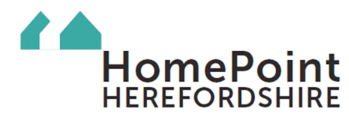Reasonable Preferences
Reasonable preference is based around legislation that was first introduced for local authority housing allocation in 1996 (as amended).
Legislation requires that all local housing authorities must give 'reasonable preference' to households and individuals seeking affordable rented housing who are within one or more of the following groups:
- Some people who are homeless or threatened with homelessness;
- People occupying insanitary or overcrowded housing or otherwise living in unsatisfactory housing conditions;
- People who need to move on medical or welfare grounds (including any grounds relating to a disability); and
- People who need to move to a particular locality in the district of the authority, where failure to meet that need would cause hardship (to themselves or to others).
Unsatisfactory housing conditions are determined by housing being physically habitable and having basic amenities i.e. Housing Health and Safety Ratings. Overcrowding is legally defined as when a household is living in accommodation that breaches either the 'bedroom standard' of the Housing Health and Safety Ratings or the 'room standard' of Part X of the Housing Act 1985. 'Homeless persons' and 'persons threatened with homelessness' refers to households that are homeless within the meaning of the homelessness legislation.
Reasonable preference simply means that certain groups are given an advantage over other group that have a lesser or no housing need.
Our allocations policy has more information on reasonable preference categories.
